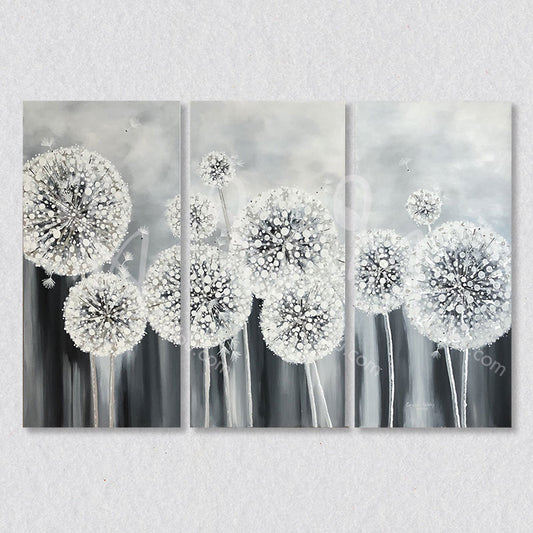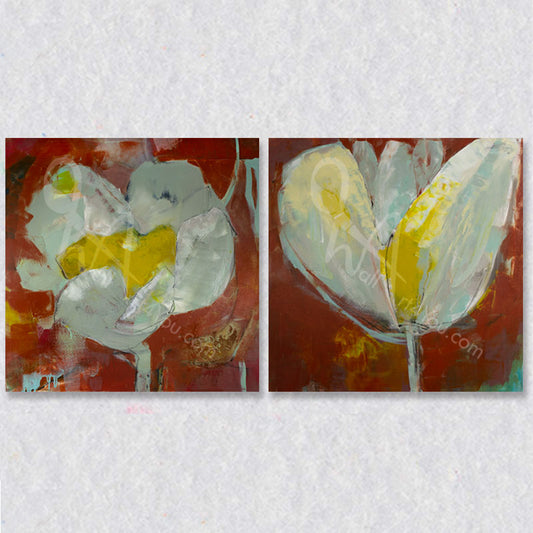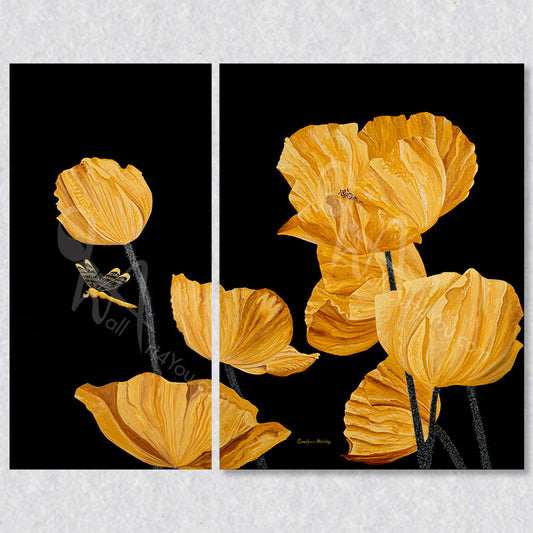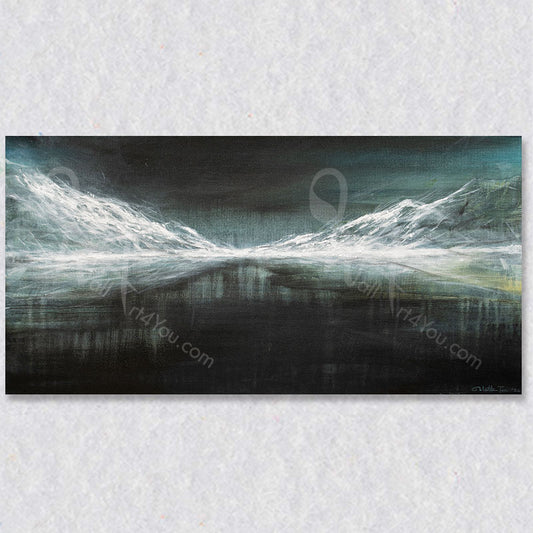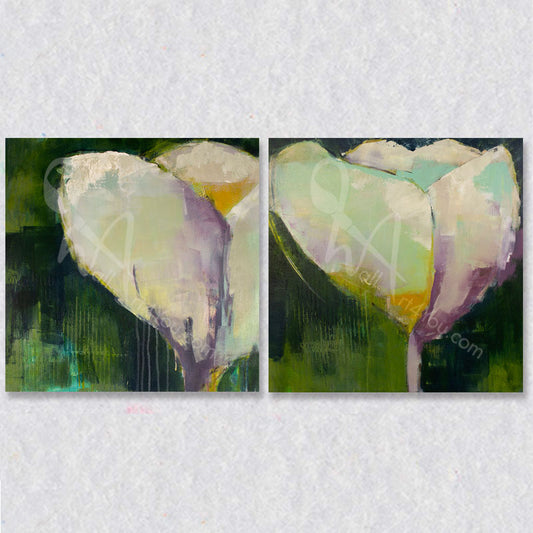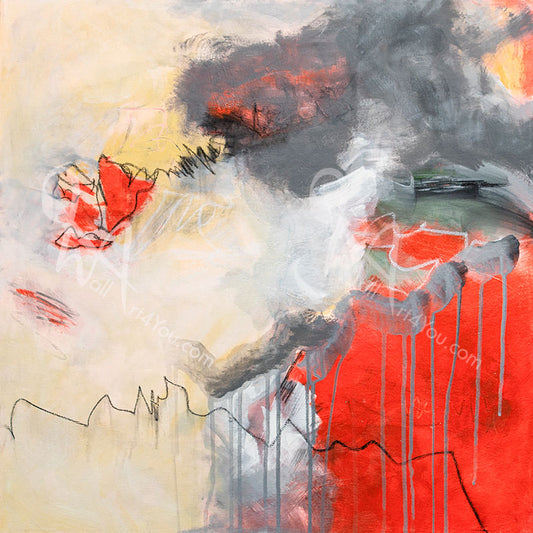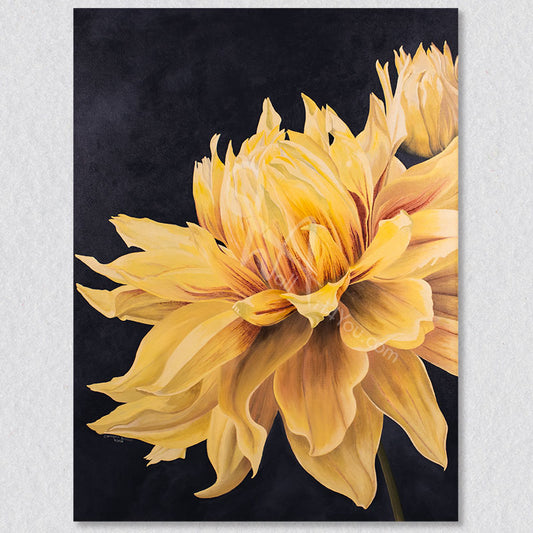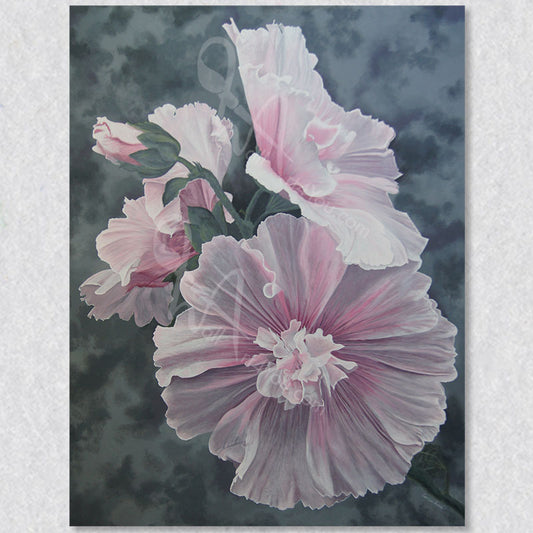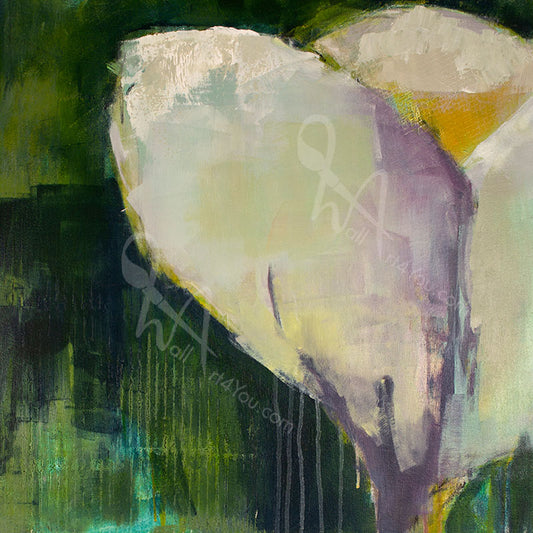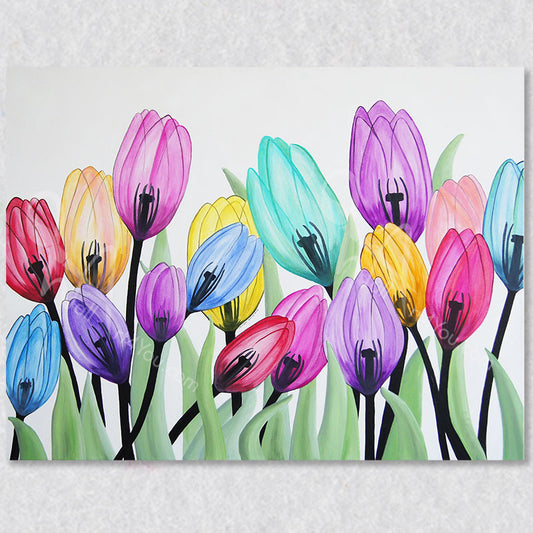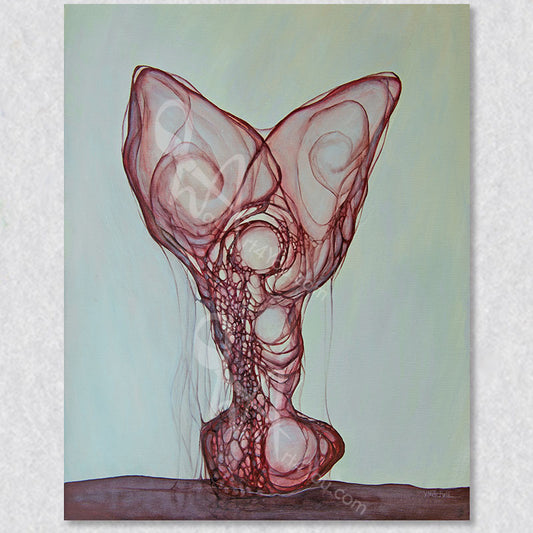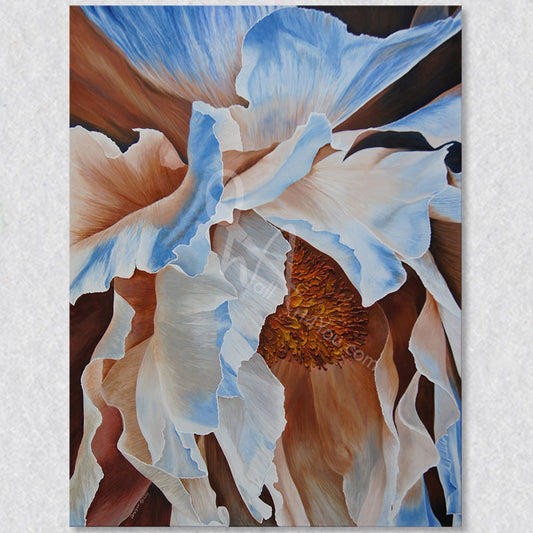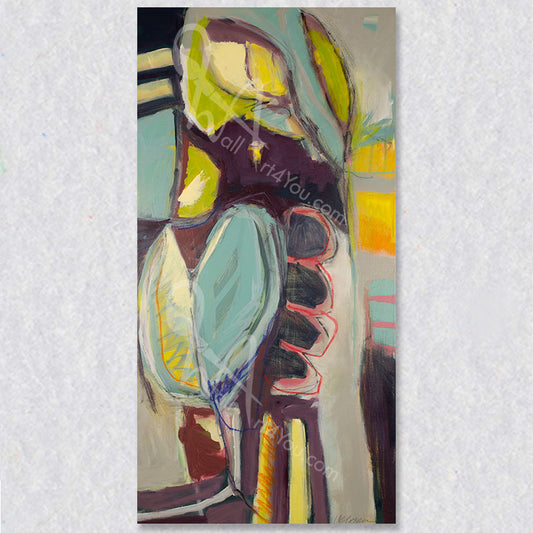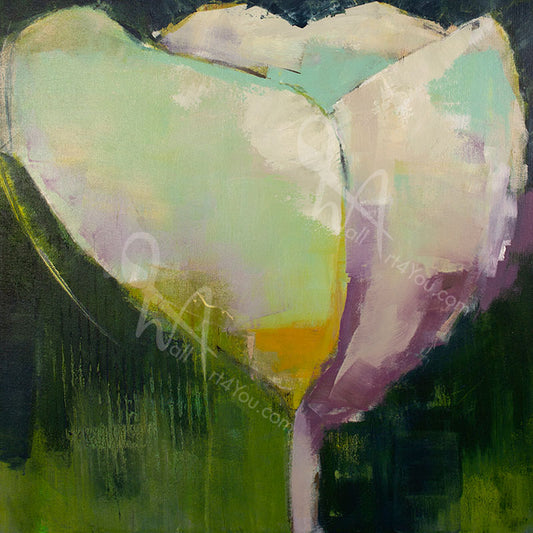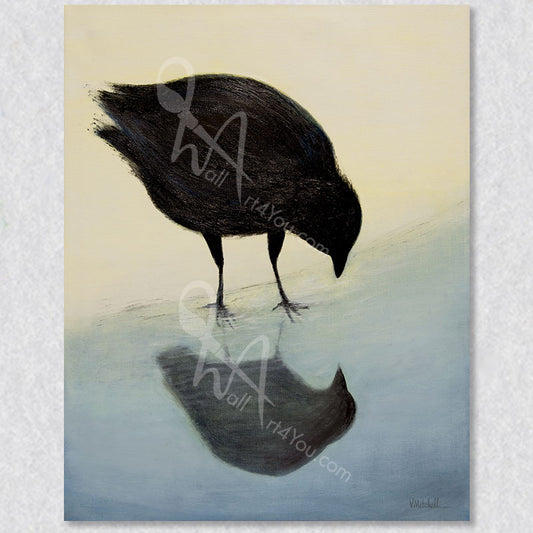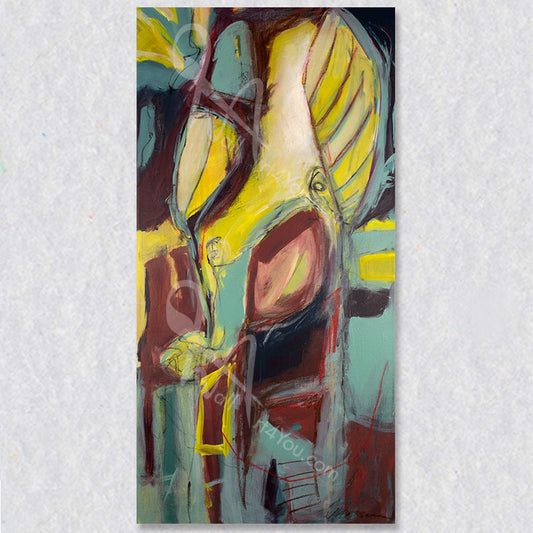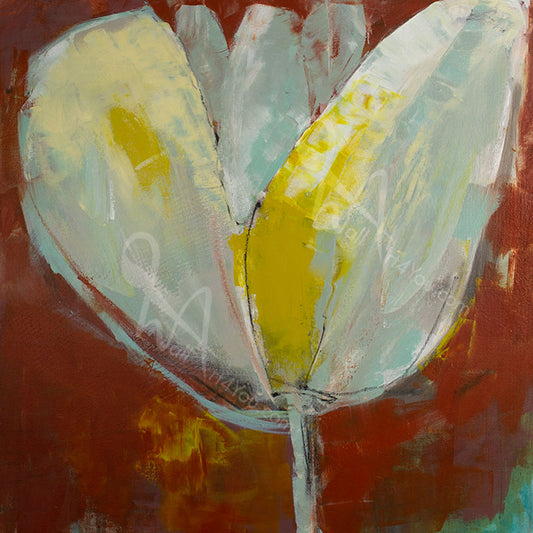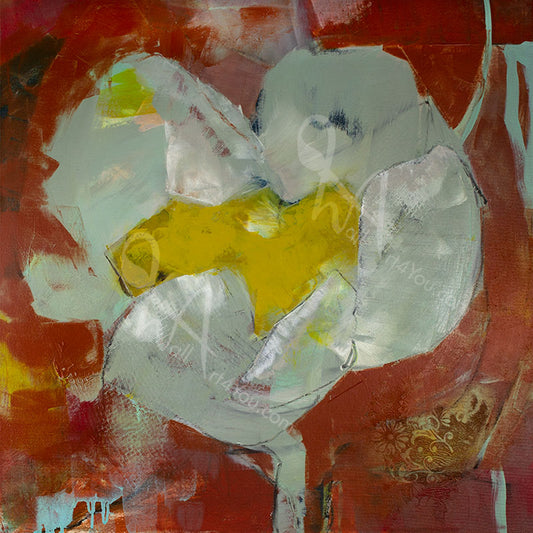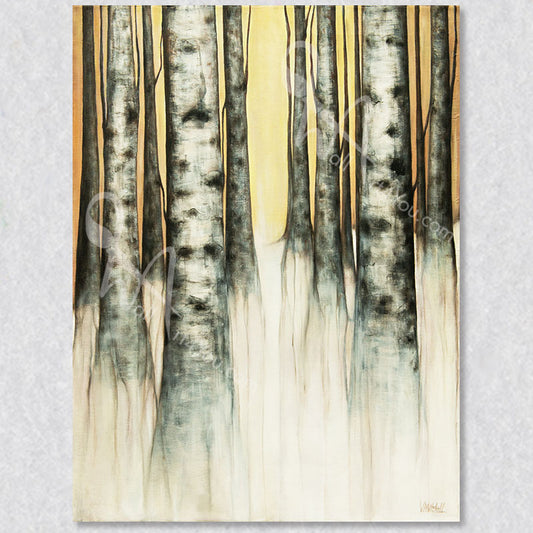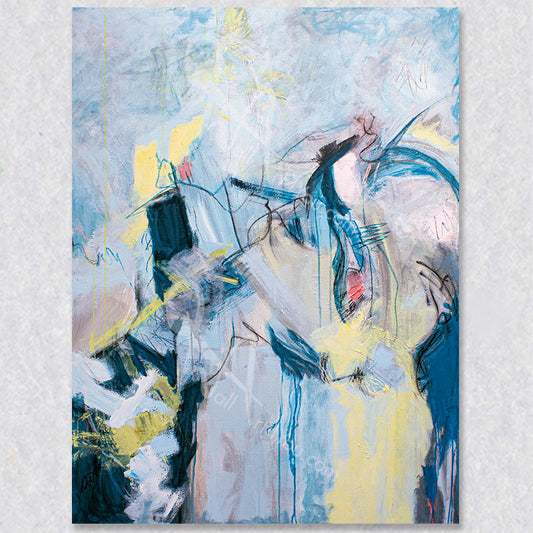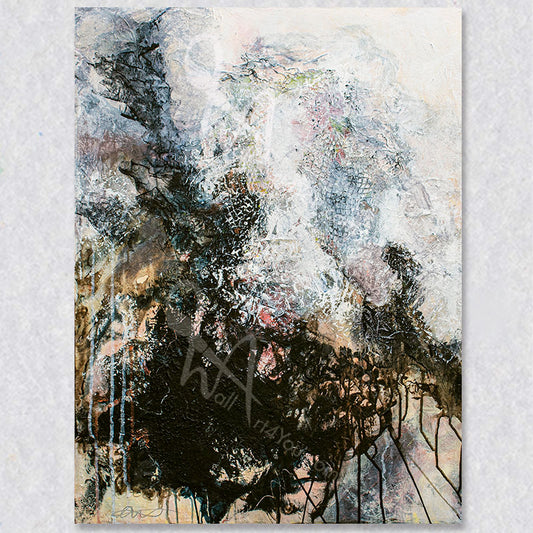
The Artful Home: 10 Keys to Ideal Living Room Artwork Choices
Choosing the perfect living room artwork can be a daunting task, but it doesn’t have to be. Here are ten points to consider when selecting the ideal pieces to elevate your living space.
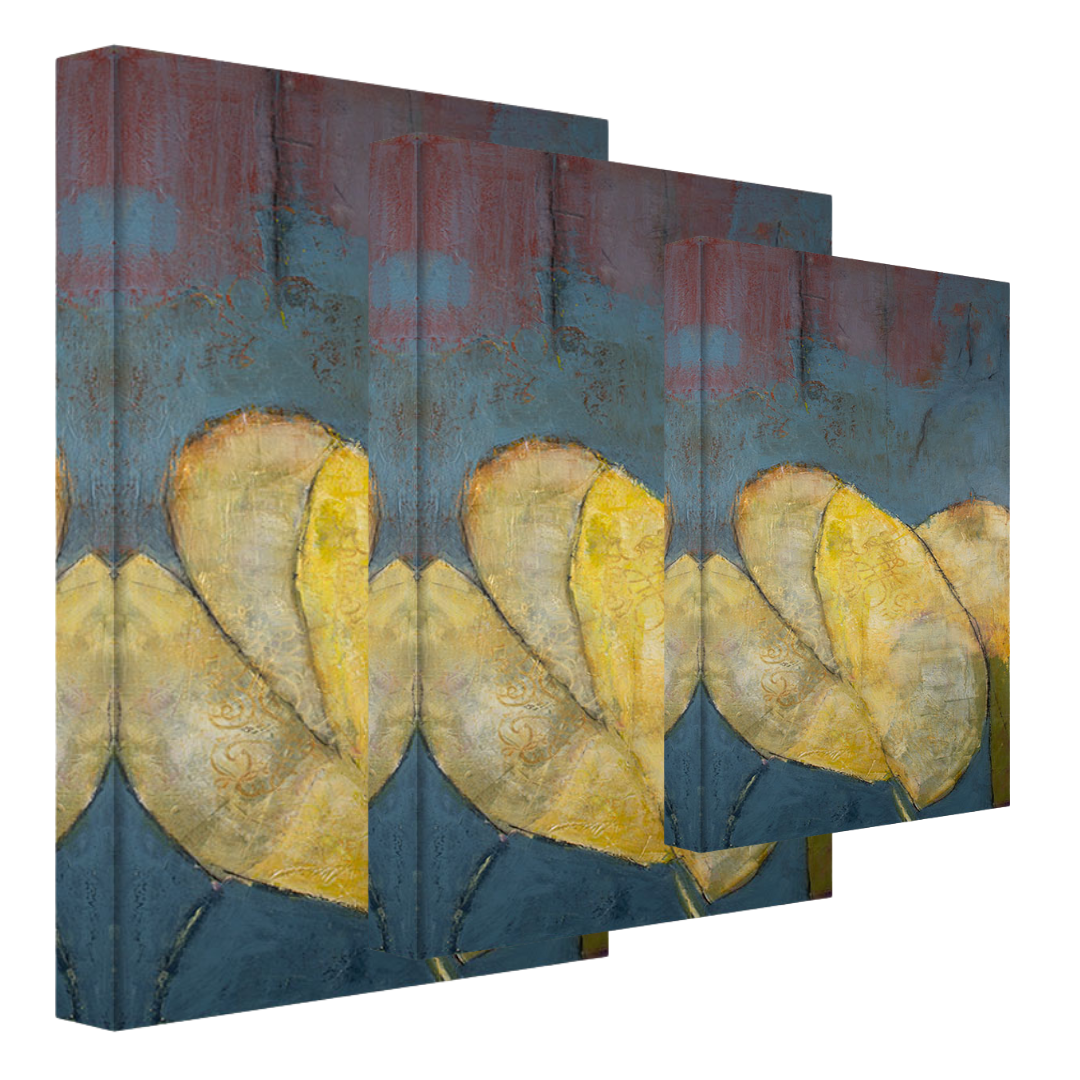
Size
The size of the living room artwork should be proportional to the wall and furniture. A large piece can make a small room feel cramped, while a small piece might get lost in a larger space.
If you have a small living room, opt for a smaller artwork that won’t overwhelm the room. In a larger living room, consider a large statement piece that creates a focal point and draws attention.
Color
The color of your artwork for your living room should complement the room's color scheme. If your room has neutral tones, use artwork with vibrant colors to add a pop. For bolder color schemes, opt for pieces with more muted tones to avoid clashing.
Consider the mood you want to create: cool colors like blues and greens create calm, while warm hues like reds and oranges add energy.

Style
The style of the living room artwork should align with the room’s overall style. For modern spaces, select artwork with clean lines and bold colors. In a traditional setting, go for classic subjects and softer hues.
Match the style of your artwork to your furniture and décor elements. Ornate furniture pairs well with traditional art, while contemporary furniture calls for modern artwork.
Theme
Reflect the room’s theme in your living room artwork. For a beach-themed room, artwork with ocean views or coastal scenes would enhance the ambiance.
In a nature-themed room, choose landscapes or floral motifs. Select artwork that supports the room’s mood—natural themes for relaxation or vibrant cityscapes and abstracts for a more dynamic feel.

Framing
Framing should complement both the artwork and the room’s style. Modern art typically looks best in simple, clean frames, while traditional art often benefits from more ornate framing.
Our gallery-wrapped canvas prints offer a durable, ready-to-hang option that brings value and elegance to any living room.
Lighting
Good lighting is essential to showcase your living room artwork. Use accent lighting to highlight the art, creating a focal point and ensuring the piece stands out. Proper lighting adds depth and enhances the impact of the artwork in your living room.
Placement
For maximum effect, hang your living room artwork at eye level, centered on the wall. Take the room’s ceiling height and furniture placement into account, ensuring the artwork doesn’t compete with other focal points in the space.
Texture
Choosing artwork with texture, such mixed media, which adds depth and dimension to your living room. Textured living room artwork can make a room feel more inviting and give the space a sophisticated look.
Balance
Ensure that your living room artwork balances well with other room elements. Consider the placement of furniture and décor pieces around the artwork to create a harmonious and aesthetically pleasing arrangement.
Personal taste
Most importantly, your art piece should reflect your personal taste and style. Choose pieces that you love and that resonate with you. Art is a reflection of your personality, and the living room is an ideal space to showcase what speaks to you.
DISCOVER OUR COLLECTION OF LIVING ROOM CANVAS PRINTS
-
Shine Your Light
Regular price From $129Regular priceUnit price / per$129Sale price From $129 -
Freedom Triptych
Regular price From $299Regular priceUnit price / per$299Sale price From $299 -
Snow Capped Mountains
Regular price From $129Regular priceUnit price / per$129Sale price From $129 -
Kindness is Magnetic
Regular price From $119Regular priceUnit price / per$119Sale price From $119 -
Yesterday's Memory Set
Regular price From $229Regular priceUnit price / per$229Sale price From $229 -
Reflection
Regular price From $139Regular priceUnit price / per$139Sale price From $139 -
Blue Fish Deep
Regular price From $109Regular priceUnit price / per$109Sale price From $109 -
Delightful Diptych
Regular price From $299Regular priceUnit price / per$299Sale price From $299 -
Heart's Desire Set
Regular price From $229Regular priceUnit price / per$229Sale price From $229 -
Reclamation
Regular price From $139Regular priceUnit price / per$139Sale price From $139 -
Chaos Thinking?
Regular price From $119Regular priceUnit price / per$119Sale price From $119 -
Empower Golden Wave
Regular price From $119Regular priceUnit price / per$119Sale price From $119 -
The Secret Place
Regular price From $119Regular priceUnit price / per$119Sale price From $119 -
Dancing Yellow Dahlia
Regular price From $119Regular priceUnit price / per$119Sale price From $119 -
Soften the Edge
Regular price From $119Regular priceUnit price / per$119Sale price From $119 -
Silver Lining
Regular price From $119Regular priceUnit price / per$119Sale price From $119 -
Pure-fection
Regular price From $119Regular priceUnit price / per$119Sale price From $119 -
Heart's Desire I
Regular price From $119Regular priceUnit price / per$119Sale price From $119 -
Reparations
Regular price From $139Regular priceUnit price / per$139Sale price From $139 -
Man of Steel
Regular price From $129Regular priceUnit price / per$129Sale price From $129 -
Delicate Blue Peony
Regular price From $119Regular priceUnit price / per$119Sale price From $119 -
Cool Morning Breeze
Regular price From $109Regular priceUnit price / per$109Sale price From $109 -
Heart's Desire II
Regular price From $119Regular priceUnit price / per$119Sale price From $119 -
Sunbeam on a Shadowy Place
Regular price From $109Regular priceUnit price / per$109Sale price From $109 -
Yesterday's Memory II
Regular price From $119Regular priceUnit price / per$119Sale price From $119 -
Yesterday's Memory I
Regular price From $119Regular priceUnit price / per$119Sale price From $119 -
Everlasting
Regular price From $129Regular priceUnit price / per$129Sale price From $129 -
Cosmic Energy
Regular price From $129Regular priceUnit price / per$129Sale price From $129 -
Free Spirited
Regular price From $119Regular priceUnit price / per$119Sale price From $119 -
Le Deuxieme Jour
Regular price From $119Regular priceUnit price / per$119Sale price From $119 -
New Beginnings
Regular price From $119Regular priceUnit price / per$119Sale price From $119 -
Resurrection
Regular price From $119Regular priceUnit price / per$119Sale price From $119


